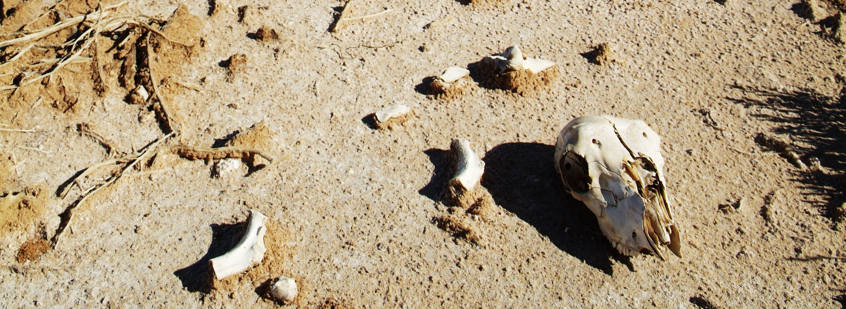CSIRO and the Bureau of Meteorology have released a comprehensive report on how climate change is expected to impact the country for the rest of the century.
Funded by the Department of the Environment through the NRM Planning for Climate Change Fund with co-funding from both research organisations, the projections have been called ‘the most comprehensive ever’ for Australia and are drawn from simulations based on as many as 40 different climate models.
Major trends include but aren’t restricted to an increase in the severity and frequency of warm weather days around the country.
CSIRO principal research scientist, Kevin Hennessy said: “We also have very high confidence that sea levels will rise, oceans will become more acidic, and snow depths will decline”.
“We expect that extreme rainfall events across the nation are likely to become more intense, even where annual-average rainfall is projected to decline.”
Those declines are predicted across southern Australia, except for Tasmania, which will see higher rainfall in the winter months.
In fact, fluctuations in rainfall patterns are expected to continue until at least 2030, at which time drier, hotter weather is expected to become the dominant trend.
Around 2090, winter rainfall is predicted to decrease in eastern Australia, with southern and eastern regions experiencing harsher fire weather as well as fewer (but more fierce) cyclones appearing in the tropics.
“This research has been strongly aligned with the needs of Australia’s natural resources sector,” said Hennessy. “Other researchers are using this information to assess potential impacts and management options.”
The full report can be access on the ‘Climate Change in Australia‘ website.


